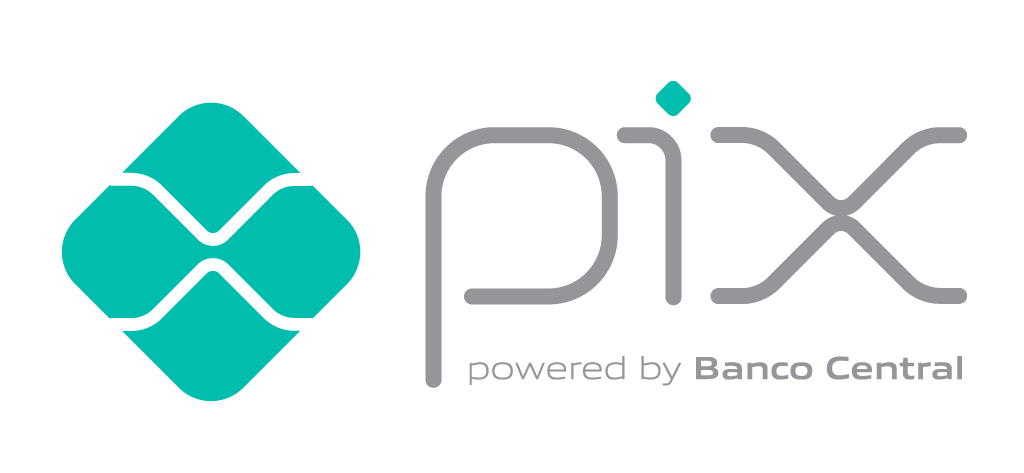What is the difference between on-page SEO and technical SEO?
To show your page in the search results, Google must first know about that page. It has to be indexed by Google, meaning that this page has been stored in their index. And for that to be possible, you must ensure you’re not blocking Google from indexing your post or your whole site. So check if you’re not unintentionally doing that (we still see this happening!), and ensure your site is indexed. Keyword research is crucial as it identifies what people are searching for, their questions, and the phrases they use to find answers.
Go through all your pages to ensure you have optimized your title tags. Internal linking often gets overlooked when it comes to on-page SEO. As your site grows, however, it’s critical to develop an internal linking process. That’s because internal linking helps crawlers explore your site, discover new content, and understand the context of different pages. Transcriptions and alt text are another great place to include your target keywords, and incorporating them can help make your site ADA-compliant. Besides Google, your alt tags also help users who can’t see or interact with your content.
What makes an effective meta description?
On-page SEO refers to a set of strategies, techniques, and processes that help your content appear as high as possible in the results returned for relevant queries. The higher your site ranks, the greater your search engine visibility and the more traffic you’ll likely receive. This search engine optimization (SEO) guide explains on-page SEO vs. technical SEO. Below, you’ll learn the difference between on-page SEO and technical SEO and how each affects your website’s performance in search results.
To optimize images for on-page SEO, ensure they are appropriately compressed for faster loading times, use descriptive filenames, and provide informative alt tags. By doing so, you can enhance both the user experience and the visibility of your web pages in search engine results. Each offers benefits that can enhance a site’s SEO and user navigation when applied appropriately. Quality and relevance are two key factors contributing to your content’s effectiveness. High-quality, relevant content matches readers’ search intent and is crucial for on-page SEO.
You can describe many types of content with structured data, such as articles, recipes, events, products, reviews, videos, etc. Some rich snippet types are only available to pages that use this markup. Image alt text helps search engines understand and index images properly. It’s also imperative for users with screen readers because it improves the image’s readability.
Regularly Monitor and Adapt Your On-Page SEO Efforts
They increase user interaction and bring added value by offering relevant resources or pages. The structure depth is closely connected to the internal links. In conclusion, the key to success online is learning all aspects of On Page SEO. This guide has emphasized the significance, defined the concept, and provided feasible solutions.
- First, ensure that your website works correctly and that your technical SEO is up to par.
- Internal linking helps search engines discover and index your web pages while establishing a hierarchy and spreading link equity throughout your site.
- Internal linking also helps readers to find and discover other pieces of content and different pages on your website.
There are many factors that BHS Links influence how Google ranks your page and it can be difficult to manage all of them. With on-site SEO services, you can hire the experts at WebFX to handle your SEO campaign for you. You constantly need to optimize your site to ensure that it is running efficiently. Every time you add new pages or content to your site, it needs to be optimized for SEO.
The Markup report highlights pages that contain structured data and flags issues. If problems appear, run the specific URL through Schema.org’s markup validator for further guidance. A meta description is an HTML element that provides a brief summary of a page.
Search Engine Optimization (SEO) is the practice of enhancing your website to improve its visibility on search engines like Google. In this beginner’s guide to SEO, we’ll walk you through the fundamentals of SEO and how you can get started. This guide is perfect for anyone looking to learn SEO for beginners. Like title tags and meta descriptions that are too long, too-long URLs will also be cut off with an ellipsis. Just remember, having a descriptive URL is just as important, so don’t cut down on URL length if it means sacrificing the URL’s descriptiveness.
In this article, we’ll break down the fundamental components of on-page SEO — Meta tags, Content Optimization, and Internal linking — and how you can leverage them for success. SEO professionals use various methods to generate quality incoming links, including social media, creating sharable infographics, and even asking for backlinks. We created this complete guide to help refresh your on-page SEO knowledge and keep you updated on the current best practices for optimizing on-site ranking signals. On-page SEO has changed a lot since the beginnings of search engines– while some of the fundamentals stay the same.


